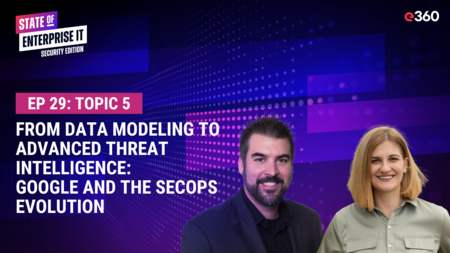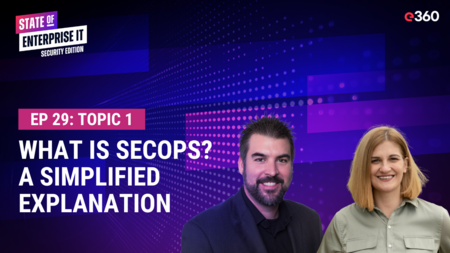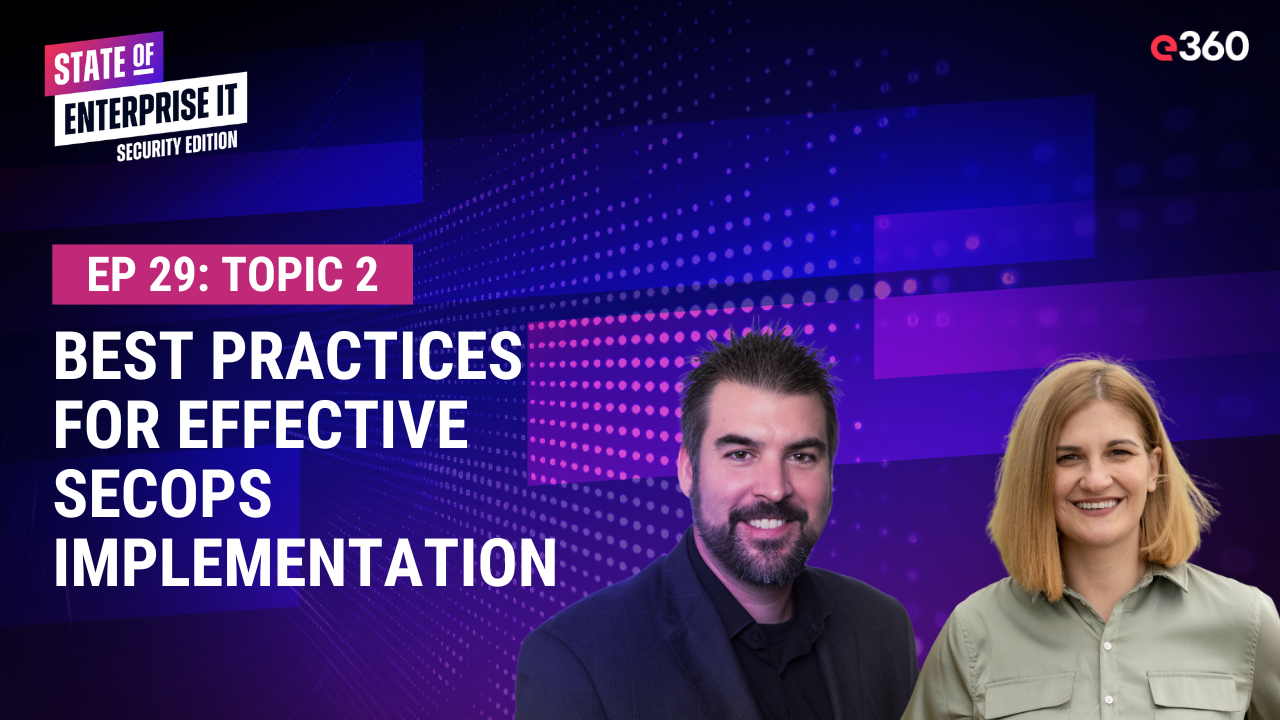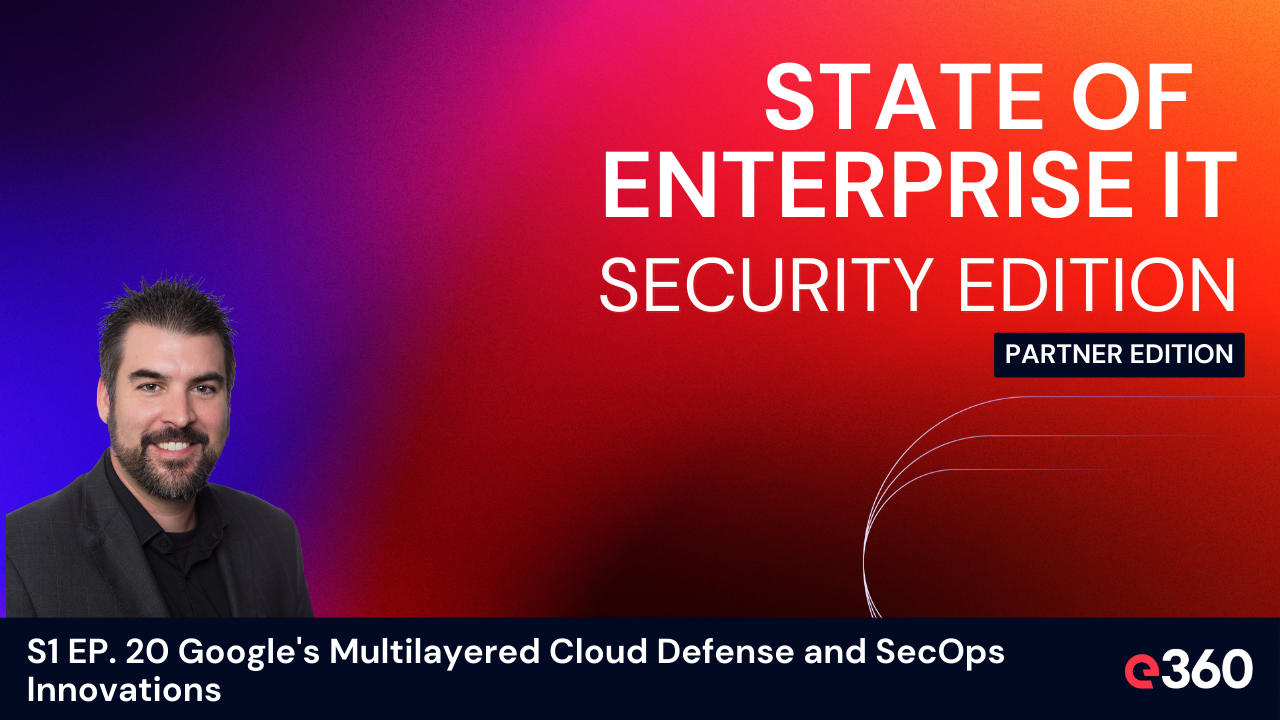Overview
In a recent episode of the State of Enterprise IT Security podcast, host Brad Bussie sat down with Svetla Yankova, CEO of Citreno, to discuss the continuously adapting environment of Security Operations (SecOps). Their conversation shed light on how industry leaders like Google are driving innovation in this critical field.
Watch to the Episode
The Data-Centric Approach
Yankova highlighted a significant shift in SecOps technology over the past two decades. "If you go back to, let's say the year 2000, there was a theme of putting kind of structure and meaning around everything," she explained. This initial focus on categorization and normalization eventually ran into scale issues as data volumes exploded.
The pendulum then swung towards less structured approaches, but Yankova argues we're now seeing a return to more structured models - albeit with the ability to handle massive scale. This data-centric view underpins many of the recent advancements in SecOps technology.
Google's Chronicle: Ahead of the Curve
Google's Chronicle platform, now part of their broader SecOps offering, has been at the forefront of this evolution. Yankova praised Chronicle's approach: "It made a bet around kind of this idea of throw randomness at it and make a story out of it, which is a data modeling problem."
This focus on data modeling and creating a "story-centric view" of security events has set Chronicle apart in the market. While perhaps not as flashy as generative AI, this foundational work is crucial for building effective security solutions.
Integrating SOAR and Threat Intelligence
Google's acquisition of Siemplify brought robust Security Orchestration, Automation, and Response (SOAR) capabilities into the mix. This integration allows security teams to not just understand what happened, but to take automated actions based on that understanding.
The addition of Mandiant's threat intelligence capabilities further enhanced Google's SecOps offering. As Yankova put it, this moves threat intel "upstream" in the process, creating a "threat-aware, risk-aware storytelling system that can take action."
The Promise of AI
While AI is often hyped in the security world, both Yankova and Bussie emphasized its practical applications in SecOps. AI has the potential to enhance and speed up various processes, from executing actions to helping analysts formulate complex queries using natural language.
Data: The Heart of SecOps
Bussie summed up the conversation by emphasizing the central role of data in modern security operations: "Data is the reason that we're doing it. Data is what we're trying to protect. It's what we're mining."
He noted that while many organizations focus on network or identity security, "it all comes back to data." This data-centric approach is at the core of Google's Security Operations strategy, integrating capabilities from Chronicle, Siemplify, Mandiant, and VirusTotal into a comprehensive solution.
The Road Ahead
As SecOps continues to evolve, it's clear that effective data management, advanced analytics, and seamless integration of various security functions will be key to success. Google's investments and innovations in this space position them as a leader in shaping the future of security operations.
For CISOs and security leaders, staying informed about these developments is crucial. The ability to effectively model, analyze, and act on security data at scale will be a key differentiator in protecting organizations against ever-evolving threats



